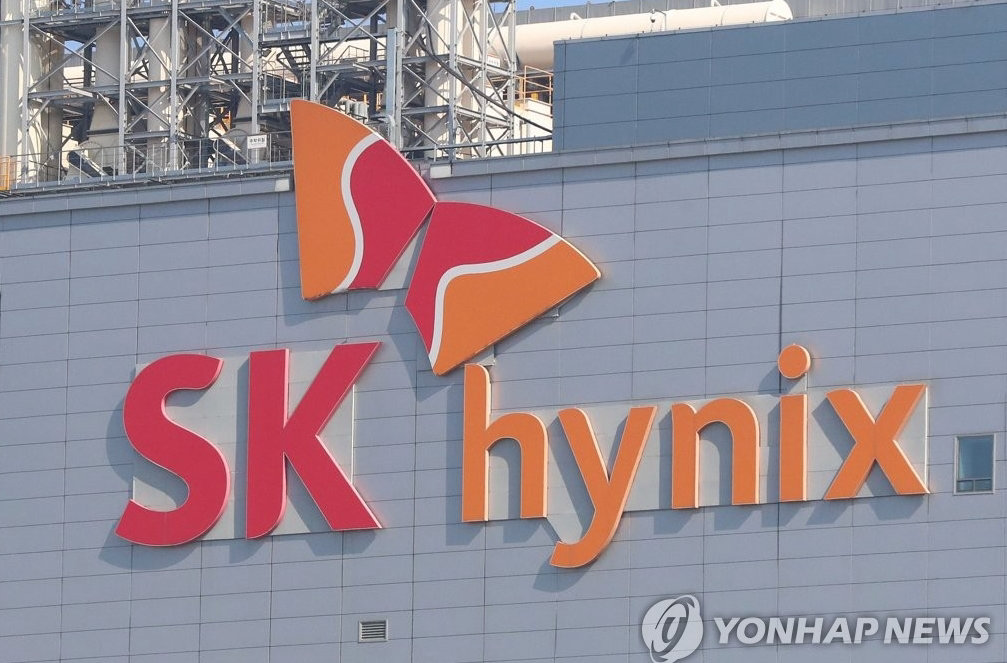South Korea is making every effort to build a "semiconductor super cluster"! Samsung Hynix drives $400 billion investment
According to a joint statement from the South Korean Ministry of Industry and the Ministry of Science on Monday, the super cluster will encompass multiple industrial parks in the southern part of Gyeonggi Province, with a total area of 21 million square meters. In addition, this huge investment will create 3.46 million jobs.
From a specific layout perspective, the government plans to establish an exclusive zone for wafer free factories in Banqiao; Establishing wafer factories and storage chip production facilities in cities such as Huacheng, Longren, Lichuan, and Pingze; Constructing a material, component, and equipment industrial park in Ancheng; Construction of research and development facilities in Qixing and Shuiyuan.
The region currently has 21 manufacturing factories, and according to the plan, 16 new factories will be added by 2047, including 3 research factories.
"Completing the construction of semiconductor super clusters as soon as possible will gain world leading competitiveness in the chip field and provide high-quality employment opportunities for the younger generation," said Anderson, the Minister of Industry, Commerce, and Resources
Led by Samsung Hynix
This plan is based on private investment, with cutting-edge products such as 2-nanometer process chips and high bandwidth storage chips as the center, to build world-class production capacity.
Among them, South Korean semiconductor giant Samsung Electronics plans to invest 50 trillion Korean won, including the construction of six wafer fabs in Longren in southern Seoul, with a budget of 36 trillion Korean won; Invest 120 trillion Korean won to build three new wafer fabs in Pyeongse, southern Seoul; And invest 20 trillion Korean won to build three research wafer factories in Qixing.
In addition, SK Hynix, the second largest chip manufacturer in South Korea, will invest 12.2 trillion Korean won to build four new wafer fabs in Longren.
By 2030, the region is expected to achieve a monthly production capacity of 7.7 million wafers, and based on this, South Korea's market share in the global non storage chip market will significantly increase from the current 3% to 10%.
With the construction of large-scale clusters, the South Korean government has also pledged to increase the self-sufficiency rate of the country's key materials, components, and equipment supply chain from the current 30% to 50% by 2030.


